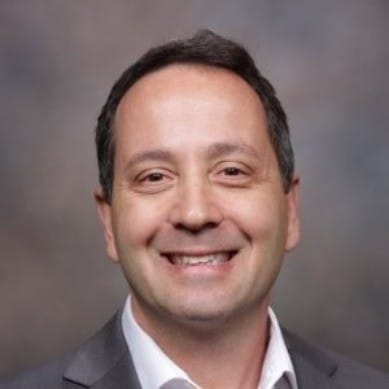Being a part of the success stories of market-leading organizations has been an extraordinary privilege. Working alongside visionary leaders at the forefront of their industries has deeply inspired me, and it’s an honor to have contributed to their remarkable achievements.




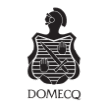
















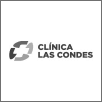






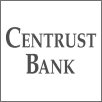









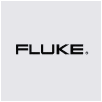

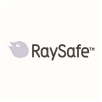

Problem:
A mid-sized global manufacturer of Software as a Medical Device (SaMD) products sold to hospitals, clinics, and government facilities worldwide, faced significant challenges due to a lack of formal information security governance. The absence of standardized policies and procedures led to inconsistent security practices across departments, exposing the company to regulatory non-compliance and potential data breaches. Employees were unclear about their roles in safeguarding sensitive business and customer data, resulting in heightened risks for the company.
Solution:
Upon joining the organization, Eddie Hernandez recognized the critical need for a structured approach to information security. The organization was already compliant with other ISO quality standards such as ISO 9001 and ISO 13485. Leveraging the ISO/IEC 27001 framework, Eddie spearheaded the establishment of an Information Security Management System (ISMS).
Key actions included:
Result:
The implementation of ISO/IEC 27001 led to a cohesive security strategy, reducing inconsistencies and enhancing compliance with financial regulations. The company achieved ISO/IEC 27001 certification, boosting client confidence and opening opportunities with larger hospital and healthcare institutions requiring stringent security standards. Eddie’s leadership in adopting ISO/IEC 27001 not only mitigated risks but also positioned the company as a trusted player in the medical device, and medical technology (Medtech) industry.

Problem:
A technology services provider, struggled with an outdated and unstructured risk management approach that failed to keep pace with emerging security threats and regulatory changes. The company’s existing controls were insufficient against advanced persistent threats, and there was a lack of alignment between security measures and business objectives.
Solution:
As the company’s security lead, Eddie Hernandez introduced the NIST SP 800-53 Revision 5 framework to modernize the company’s risk management strategy. They participated in extensive government contracts, and needed a framework of controls that was robust enough to meet governmental requirements.
Key initiatives included:
Result:
By adopting NIST SP 800-53 r5, the organization significantly improved its risk management capabilities. The tailored controls effectively addressed advanced threats, and the integration with business processes enhanced overall operational efficiency. Eddie’s strategic approach ensured that security measures supported, rather than hindered, business goals, leading to increased stakeholder confidence and regulatory compliance.

Problem:
A multinational retail company, experienced a cybersecurity incident that resulted in unauthorized access to customer data. The breach exposed weaknesses in their security posture, including insufficient network segmentation, lack of multi-factor authentication, and inadequate security awareness among employees.
Solution:
In response, Eddie Hernandez was brought in and appointed as Director of Cybersecurity to help implement the NIST Cybersecurity Framework (CSF) alongside the Center for Internet Security (CIS) Controls to overhaul the company’s security infrastructure.
Key steps included:
Result:
The combined application of NIST CSF and CIS Controls led to a robust security framework that significantly reduced the risk of future breaches. The company restored customer trust and improved its reputation by demonstrating a strong commitment to protecting sensitive information. Eddie’s comprehensive strategy exemplified how integrating industry-standard frameworks can effectively enhance an organization’s cybersecurity posture.

Problem:
A network and consortium of healthcare providers faced challenges complying with HIPAA regulations due to decentralized governance and fragmented risk management processes. The inconsistency in security controls across various facilities increased the risk of data breaches involving protected health information (PHI). The entities had faced severe penalties and fines for HIPAA violations.
Solution:
Recognizing the critical nature of regulatory compliance, Eddie Hernandez, acting as the Director of Cybersecurity, focused on integrating Governance, Risk, and Compliance (GRC) initiatives across the organization.
Key actions included:
Result:
The integration of GRC initiatives led to improved compliance with HIPAA and other relevant regulations. This network of healthcare facilities reduced the likelihood of data breaches and potential fines associated with non-compliance. Eddie’s leadership in unifying governance and risk management practices ensured that security measures were both effective and aligned with regulatory requirements, ultimately safeguarding patient data and reinforcing trust in the organization.

Problem:
A global logistics provider, was increasingly reliant on third-party vendors for critical services, such as invoicing, payment processing, and collections. However, inadequate oversight of these relationships introduced significant security vulnerabilities, including insufficient vendor security controls and lack of transparency into their security practices.
Solution:
Eddie Hernandez, serving as Director of Cybersecurity, took proactive steps to mitigate third-party risks by leveraging the CIS Controls.
Key initiatives included:
Result:
The company significantly reduced its exposure to third-party risks. By enforcing stringent security requirements and maintaining active oversight, the company safeguarded its operations against potential vulnerabilities introduced by vendors. Eddie’s strategic management of third-party relationships showcased the importance of extending cybersecurity practices beyond organizational boundaries.

Problem:
An educational institution faced frequent security incidents due to a lack of cybersecurity awareness among faculty, staff, and students. Phishing attacks and weak password practices compromised sensitive academic and personal data.
Solution:
Appointed as a Security Analyst, Eddie Hernandez aimed to transform the security culture by integrating the NIST CSF standards and promoting active engagement from all levels.
Key steps included:
Result:
The institution saw a marked decrease in security incidents related to human error. The heightened awareness and proactive involvement of the community contributed to a stronger overall security posture. Eddie’s innovative approach demonstrated how aligning cybersecurity frameworks with active engagement can foster a resilient security culture.

Problem:
A software developer and cloud services provider, aimed to expand into larger and broader international markets but faced barriers due to clients’ concerns over data security and regulatory compliance such as the GDPR and CCPA. Without formal security certifications, potential clients, particularly in Europe, United States, and Asia, were hesitant to engage, limiting the company’s growth opportunities.
Solution:
Eddie Hernandez, as the newly appointed Security Product Manager, recognized that achieving ISO/IEC 27001 certification could be a game-changer for the company. Eddie initiated a comprehensive project to align the company’s security practices with ISO/IEC 27001 standards.
Key actions included:
Result:
The ISO/IEC 27001 certification instilled confidence in prospective clients about the company’s commitment to security. Eddie’s leadership not only removed barriers to market entry but also directly contributed to substantial revenue growth and international expansion.
The company achieved overwhelming success, including the following milestones:

Problem:
A market leading and well-established medical technology (MedTech) innovator, a healthcare technology company, faced escalating costs due to inefficient security processes, business interruptions, and compliance fines. The lack of a cohesive cybersecurity framework led to redundancies and gaps that affected both operational efficiency and profitability.
Solution:
As security leader and person responsible for all information and product security, Eddie Hernandez introduced his leadership to the NIST Cybersecurity Framework (CSF) to streamline security operations and enhance compliance.
Key initiatives included:
Result:
Eddie’s strategic implementation of NIST CSF not only fortified the MedTech company’s security posture but also drove significant cost savings. The improved efficiency and elimination of fines directly boosted the company’s profitability and achieved the following key performance metrics (KPIs):

Problem:
A global manufacturer of consumer products sought to differentiate itself in a highly competitive market. However, concerns over supply chain security hindered partnerships with leading technology firms that required stringent security practices from their suppliers.
Solution:
Eddie Hernandez, upon joining as an IT and IS Consultant, introduced the CIS Controls to enhance the company’s cybersecurity maturity.
Key actions included:
Result:
By adopting CIS Controls, obtaining a SOC 2 attestation, and proactively addressing supply chain security, Eddie enabled this global manufacturer of consumer goods to access new markets and clients. The strategic focus on security became a unique selling proposition that drove significant business growth by making the following improvements:

Problem:
A banking and financial institution faced soaring cyber insurance premiums due to the high risk associated with institutional risks and prior security incidents. The increasing cost was impacting the bank’s financial performance.
Solution:
Eddie Hernandez, serving as Acting CIO, implemented controls from various security frameworks including NIST SP 800-53 to strengthen the bank’s security framework.
Key initiatives included:
Result:
Eddie’s implementation of NIST SP 800-53 and other controls not only mitigated risks but also led to significant financial savings. The lower insurance premiums and increased customer base positively impacted the bank’s profitability and saw improvements in the following areas:

Problem:
A promotional products wholesaler with several facilities was hesitant to adopt digital sales channels due to security concerns, fearing data breaches that could damage their brand and incur regulatory penalties. This reluctance resulted in lost opportunities in the burgeoning e-commerce market.
Solution:
As Manager of IT and Cybersecurity (Contract-Basis), Eddie Hernandez led the integration of Governance, Risk, and Compliance (GRC) initiatives to facilitate a secure digital transformation.
Key actions included:
Result:
By embedding robust security practices into the company’s transformation, Eddie enabled the company to confidently enter the e-commerce space. The strategic GRC initiatives were instrumental in driving significant revenue growth and increasing shareholder value. The company celebrated after completing the following accomplishments:

Problem:
A high-tech company with a global presence that develops hardware and software products faced delays in new product development and releases due to product security vulnerabilities identified late in the development cycle. These setbacks led to increased costs and lost market opportunities.
Solution:
Eddie Hernandez, in the role of Product Security Manager and Head of Cybersecurity, introduced secure DevOps practices (also known as “DevSecOps”) by integrating security practices from the Microsoft Secure Development Lifecycle (SDL) into the development pipeline.
Key initiatives included:
Result:
Eddie’s integration of security into the DevOps process enhanced operational efficiency and product quality. The company benefited from reduced costs and increased revenues, reinforcing the value of proactive cybersecurity measures in product development with noticeable improvements in the following key areas:

Problem:
A cloud storage provider struggled to differentiate itself in a saturated market. Clients demanded proof of stringent security measures, and the lack of recognized certifications limited the company’s competitive edge.
Solution:
As Acting Director of Infrastructure Architecture, Eddie Hernandez pursued multiple compliance certifications, including ISO/IEC 27001, SOC 2, CMMC, and HITRUST to enhance credibility.
Key actions included:
Result:
Eddie’s strategic focus on obtaining and leveraging security certifications directly contributed to significant business growth. The enhanced market positioning and ability to charge premium prices led to increased profitability, further leveraging the following improvements:

Problem:
A large company, part of a conglomerate consisting of multiple businesses, collected vast amounts of data but lacked insights into customer behavior due to concerns over risks of data security and privacy, limiting their ability to personalize marketing and increase sales.
Solution:
Eddie Hernandez, as Virtual Chief Information Security Officer (vCISO), implemented robust security controls from ISO, NIST, and CIS to protect the data, enabling the safe exchange of information, ensuring encryption mechanisms were properly used, enabling utilization and trust of the analytics.
Key initiatives included:
Result:
Eddie’s efforts enabled this company to leverage data securely, driving sales growth and creating new revenue opportunities. The balance of robust security with business intelligence showcased how cybersecurity can be a revenue enabler and showed improvements in the following areas:

Problem:
A high-tech and financial technology (Fintech) startup sought additional investment to fuel growth but faced skepticism from investors due to perceived cybersecurity risks inherent in handling financial data.
Solution:
Eddie Hernandez, joining as consultant and subject matter expert in cybersecurity, implemented transparent risk management practices based on NIST CSF and ISO/IEC 27001.
Key actions included:
Result:
By addressing cybersecurity proactively, Eddie not only mitigated various critical and high vulnerabilities and risks but also played a pivotal role in securing investment. The company’s strengthened position allowed for accelerated growth and expansion. Examples of proven results included:

Problem:
A Managed Service Provider (MSP) originally focused on internal IT services had developed robust cybersecurity capabilities under the guidance of Eddie Hernandez, the Lead Security Engineer. Recognizing the value of his expertise, the company considered offering security consultancy services but lacked a formal strategy.
Solution:
Eddie proposed and implemented a plan to monetize the company’s cybersecurity proficiency by creating a new business unit offering security consulting to external clients.
Key initiatives included:
Result:
Eddie’s initiative transformed the cybersecurity function from a cost center into a profit-generating division. The new consultancy services not only added significant revenue but also strengthened the MSP’s market position by leveraging the following achievements:
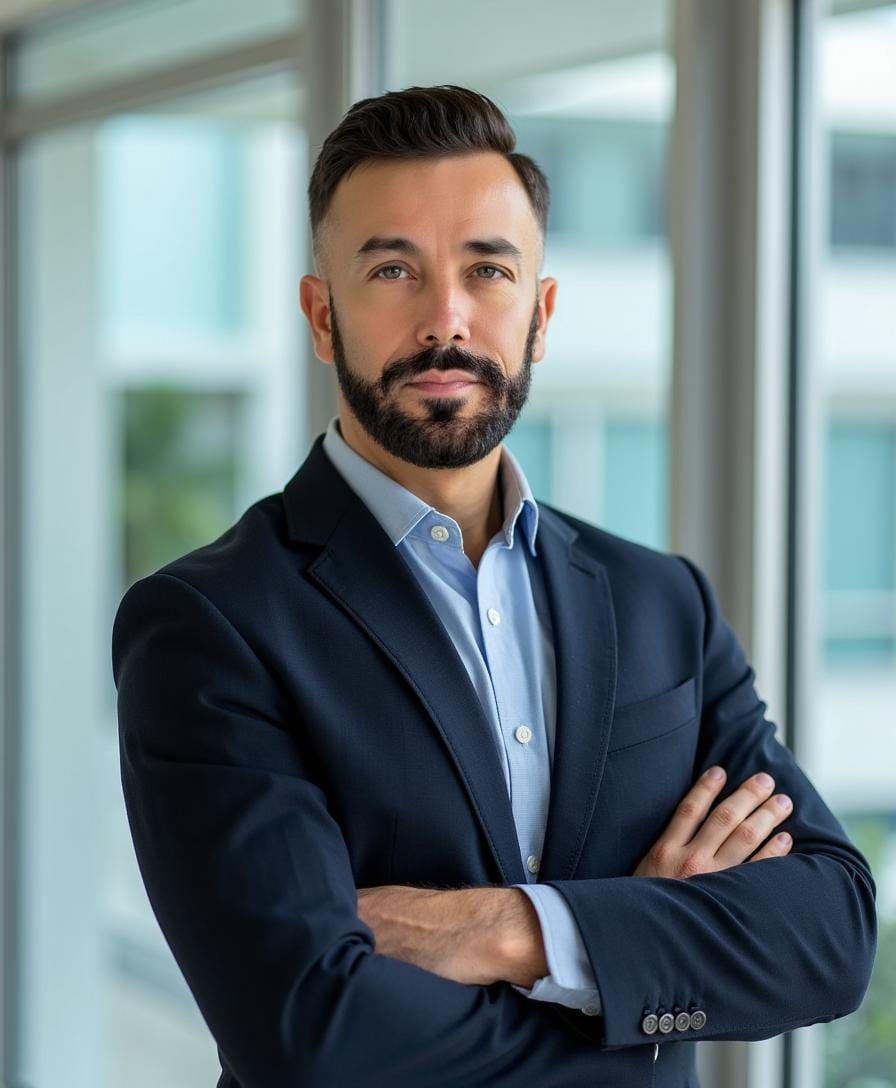

Are you ready to elevate your organization’s cybersecurity resilience and drive sustainable growth? I’m passionate about collaborating, developing innovative strategies that safeguard your digital assets and empower your team.
In today’s ever-evolving cyber threat landscape, staying ahead requires proactive measures and tailored solutions. By working together, we can design and implement robust defenses that not only protect your organization but also unlock new opportunities for success. Reach out to me today, and let’s embark on a transformative journey to strengthen your security posture and propel your organization into a secure and thriving digital future.


